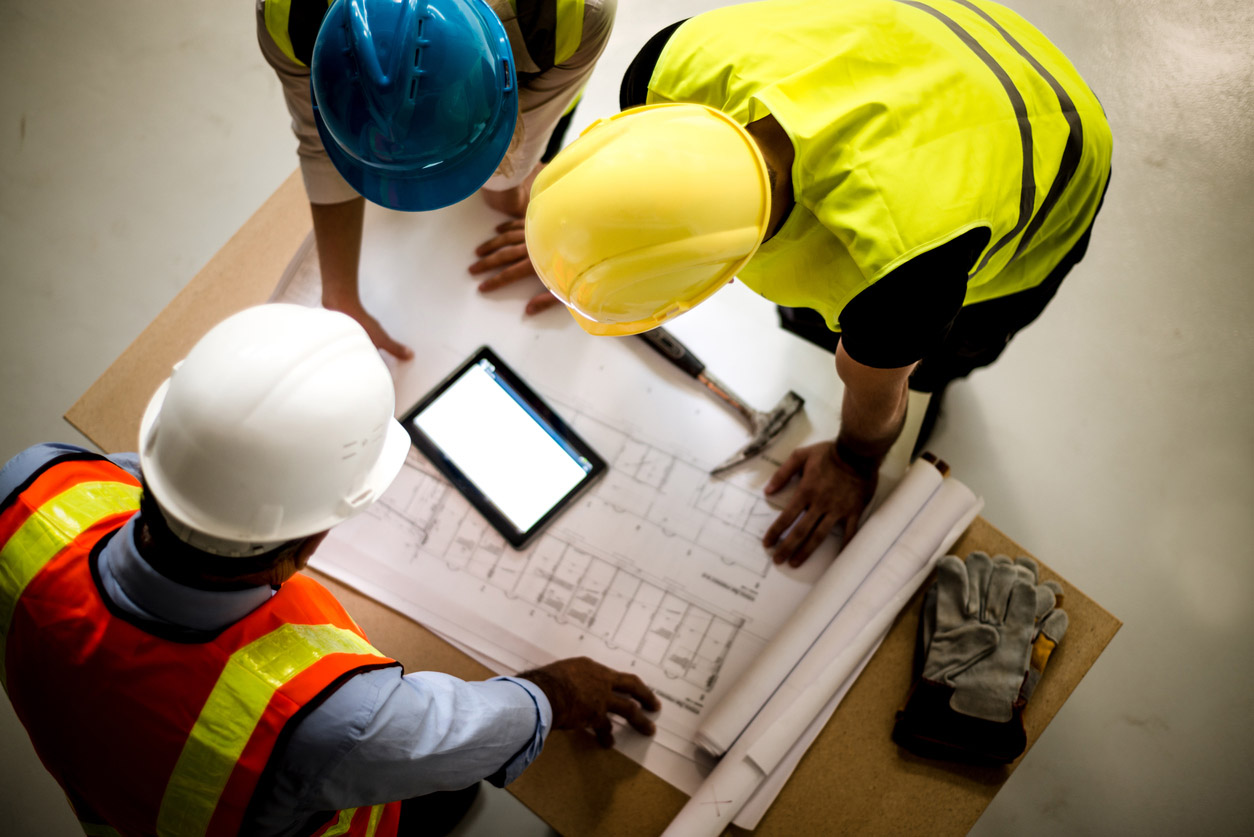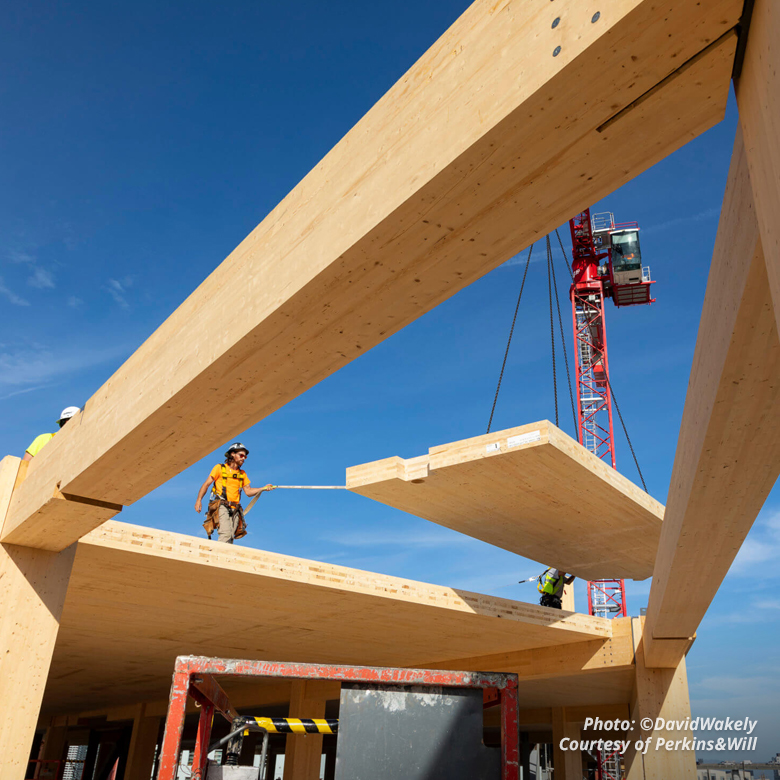 offsite building
offsite building Building Information Modeling (BIM) has taken a long time to find its footing in the construction industry. That’s what we’ve come to expect from a sector that has historically been reticent to adopt change. Apprentices learn from mentors who have been building the same way for decades and aren’t likely to shake things up. With smart home technology and a labor shortage driving change, the construction industry is seeing the vast potential of BIM technology.
What is BIM?
BIM is a virtual building site where designers can create a digital prototype of a build. This allows homeowners to get a real look at their future home so there are fewer changes down the line. Architects and designers can work with construction professionals to detect issues before they break ground.
BIM also allows for advanced construction site management. That means everyone is working off the same plan. Changes are updated in real time and automatically update schedules, estimates and ordering. Everything is linked so problems are detected and solved in the designing phase rather than in the field.
BIM saves time and money
This means accuracy and efficiency from start to finish. With the labor shortages in the construction industry, careful planning means fewer hands are needed and there are fewer mistakes in the field. Josh Bone, construction technology specialist at DeWalt; “On a typical project, there is about 10% to 12 waste,” Bone says. “By using BIM, it can be reduced to 3% to 4% waste.” Accuracy and the ability to detect issues before they occur will save money in costly rebuilds, labor, time and materials.
Building for the future
The place where BIM really comes into its own is prefabrication. Creating accurate designs mean homes can be prefabricated in less time and fewer builders are needed to assemble the prefabricated building elements.
BIM has marketing clout too. The ability for potential buyers to utilize virtual reality to take house tours will mean developers no longer have to create model homes. BIM’s virtual reality potential provides possibilities for collaborations as it allows designers to import CAD models. Here designers can take a walk through the designs, offer 360-degree views and create videos of virtual tours. They are also able to manipulate the design and effect changes that are recorded in real time, so other users can see them immediately.
Effective design techniques are needed as building moves offsite and into the factory. The designer now becomes a more integral part of the build.



